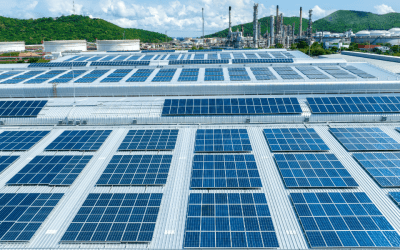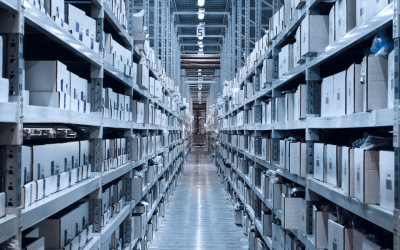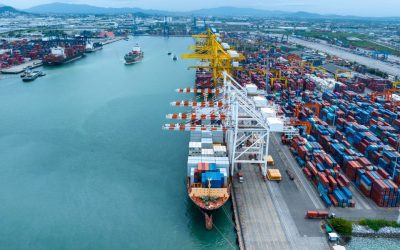They are some eminently sensible and rapidly achievable steps that many logistics operators are taking. From fitting solar panels to the roofs of warehouses, through to the development of active vehicle energy recovery systems to help power goods vehicles and refrigeration units and of course a move towards electrification of fleets.
Sustainable warehousing solutions are ultimately much more straightforward to develop than transport solutions. Once solar panels or a wind turbine or perhaps better insulation are fitted to a warehouse, these can provide stable and predictable long-term benefits with acceptable economic payback periods over a period of time. The same can be said for low-energy lighting, rainwater capture systems , or the use of electric manual handling equipment replacing gas or diesel operated fork-lift trucks.
In the world of transport it is fair to say that now Tesla has developed a truck capable of pulling full loads in excess of 100 miles, the industry is heading in the right direction. However, electric vehicle technology will only really sensibly take off in logistics operations when vehicles are capable of 5 to 10 times that range with accelerated charging times (and of course with suitable charging infrastructure available).
Some contend that the move toward hydrogen-based fuels will actually provide greater benefit in terms of road transport decarbonisation. It is probably the fact that filling a tank with hydrogen would take a couple of minutes, whereas filling articulated lorry’s worth of batteries is likely to take much longer that leads many transport industry specialists to speculate that hydrogen is a more likely way forward. At this point, we simply do not know as both technologies are developing rapidly.
Big strides being made in other technologies that have a highly beneficial impact on environmental performance. This will include improvements in automated engine management systems, driver monitoring systems aimed at improving fuel efficiency such as preventing engine idling, kinetic Energy Recovery Systems (KERS) solutions that will transform braking and the forces of gravity into energy to power vehicle batteries. There are even big advances in tyre technology that are helping to cut emissions by improving fuel economy.
Without changing infrastructure or fleet however there are a range of steps businesses can take to make sure they are minimising their environmental footprint of their operations. Making sure that as a business you have the right size and mix of fleet, that you are operating efficient delivery routes and minimising empty running are highly critical in helping your business achieve its net zero objectives. There are number of ways to achieve these objectives. That is what companies like ASCALi are here for.
Another thing to do is to get your product as close to your customers as you can prior to final shipment. This is not straightforward however, as it is likely to lead to a requirement for greater warehouse footprint and higher cost. It might also take quite a while to develop a revised logistics network infrastructure to help you achieve this, but there are ways the benefits of such change can be developed and improved prior to implementation.
Being a profitable business does not mean you have to sacrifice your environmental credentials in every circumstance. This could actually be something which can be paid back by ensuring you are meeting your commercial objectives and service strategies rather than just your environmental targets alone.
The expert Supply Chain consultancy team at ASCALi would welcome the opportunity to talk with you about how we can help you minimise cost and improve your sustainability please get in touch via the contact us page below and we will be glad to help.


